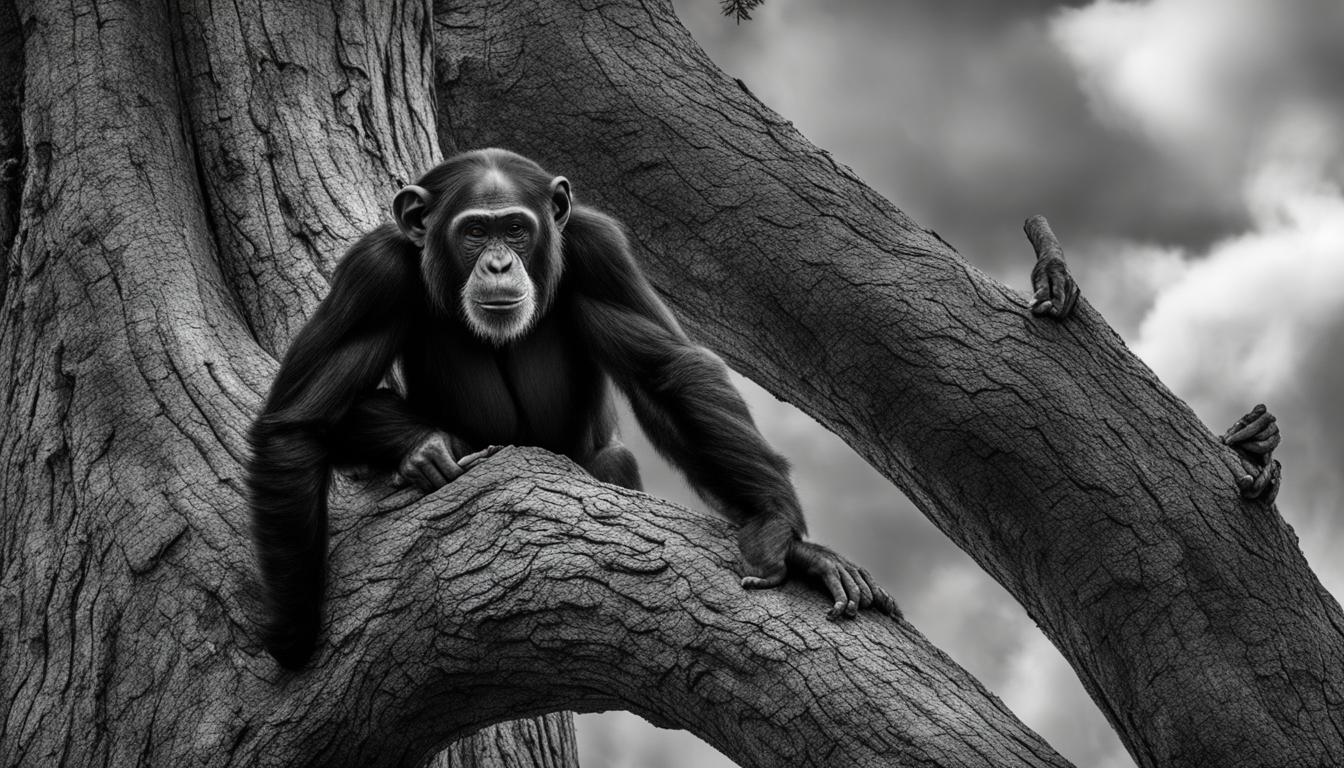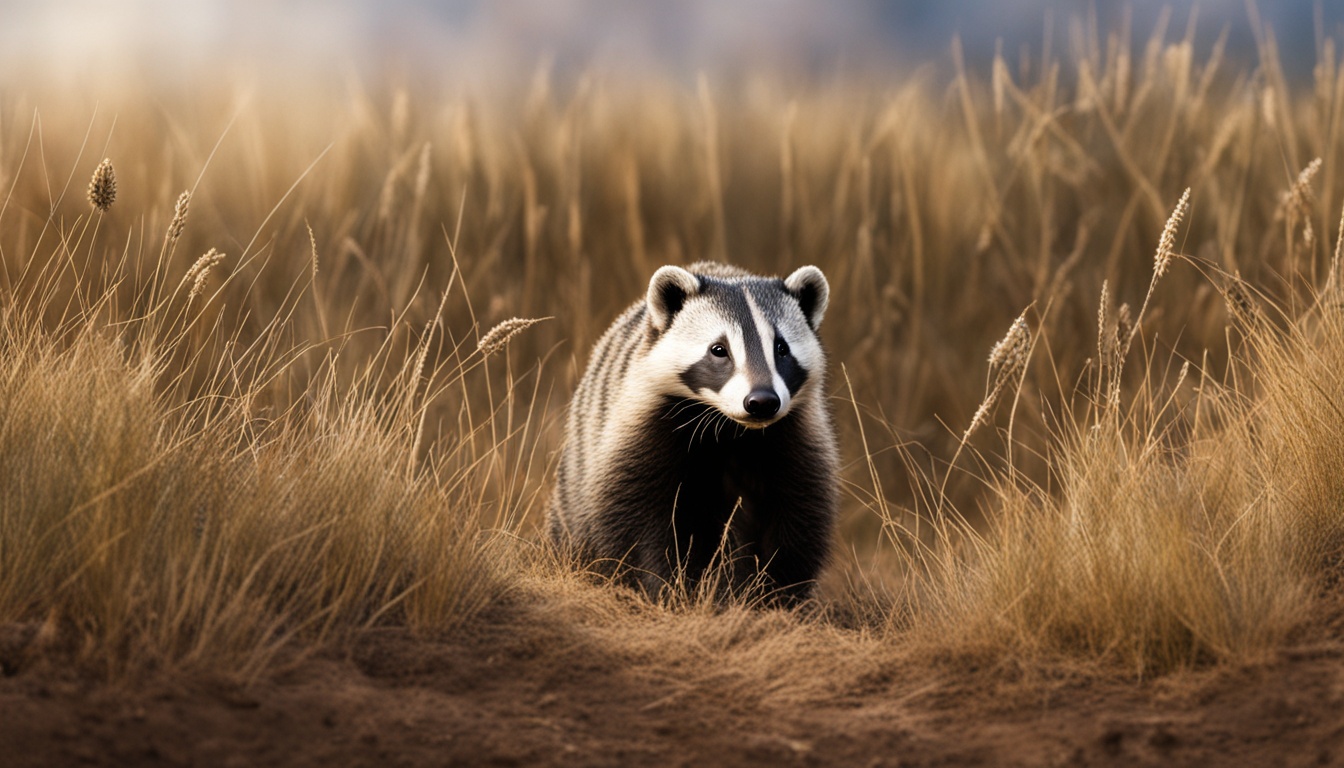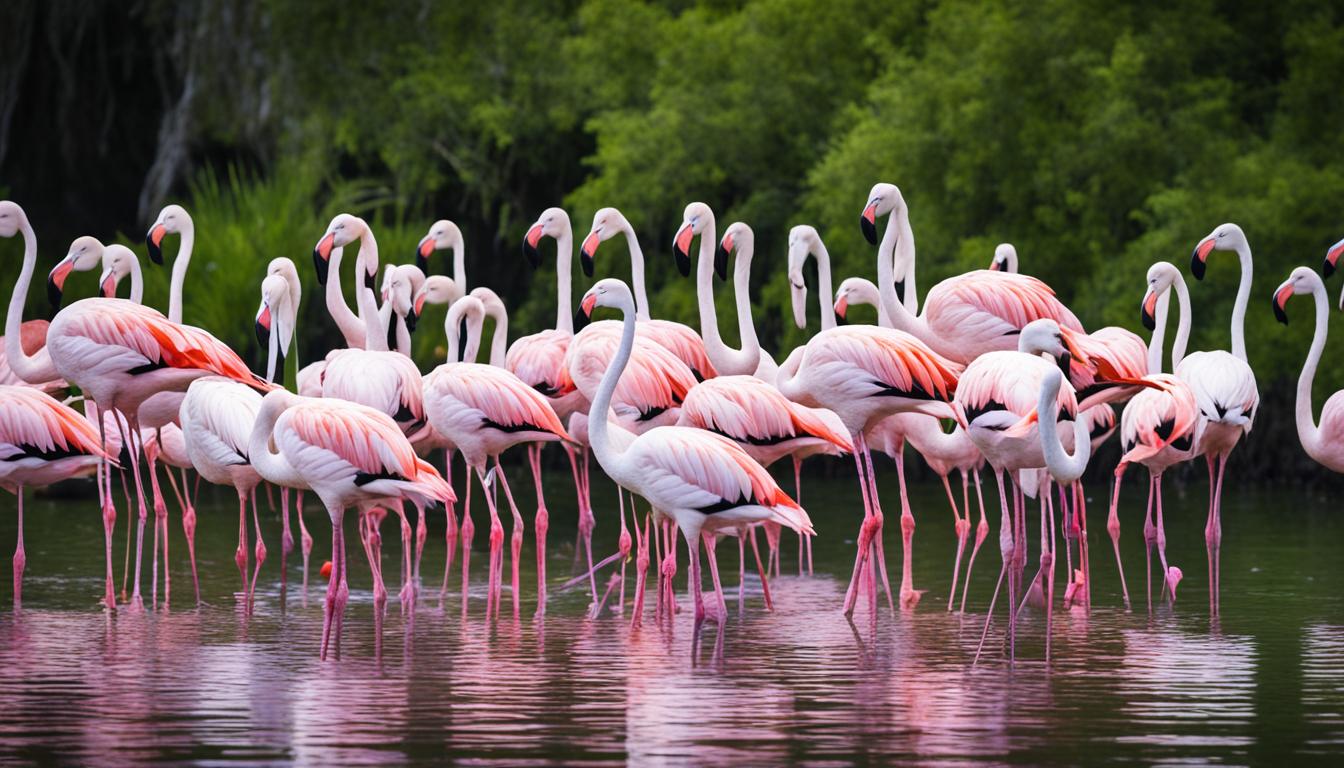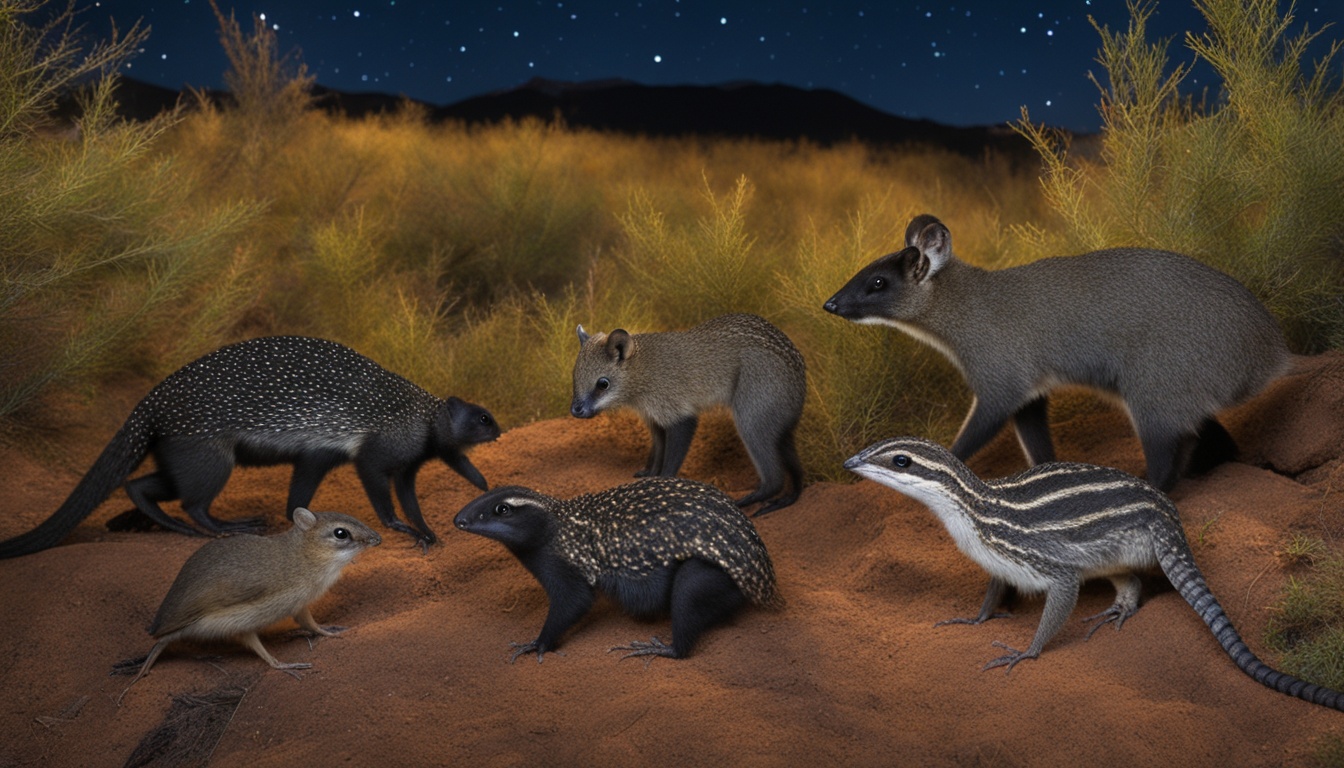Chimpanzees, one of our closest relatives in the animal kingdom, possess a remarkable array of physical characteristics that set them apart from other species. These distinctive traits make them fascinating creatures to study and admire. From their special physical attributes to their exceptional physical traits, chimpanzees exhibit a range of one-of-a-kind features that showcase their remarkable adaptations.
Chimpanzee Physical Abilities Summary
| Physical Ability | Description |
|---|---|
| Chimpanzee Locomotion | Moving and swinging skillfully from branch to branch, utilizing hands and feet. |
| Knuckle-Walking Gait | Walking on knuckles, using the full hand for support and efficient movement on the ground. |
| Chimpanzee Communication | Expressive faces, gestures, and vocalizations used to convey emotions, intentions, and establish social bonds. |
| Grip Strength | Strong grasp allowing for various activities such as climbing, foraging, and tool-making. |
These physical abilities, from climbing to communication, contribute to the overall adaptability and survival of chimpanzees in their diverse habitats. Their unique qualities and behaviors continually fascinate researchers and provide valuable insights into the natural world.
Chimpanzee Reproduction and Lifespan
Chimpanzees have a fascinating reproductive cycle that contributes to the diversity of their species. Breeding occurs throughout the year, allowing for a continuous population growth. Female chimpanzees give birth to a single young after a gestation period of approximately 8 months. This relatively short gestation period ensures that chimpanzee populations can maintain stability and adaptability.
After birth, the young chimpanzee clings to its mother’s underbelly for the first 6 months of its life. This close physical contact provides crucial protection and nourishment. As they continue to grow, the young chimpanzees start riding on their mothers’ backs, gradually developing independence and exploring their surroundings. Weaning typically occurs between 3.5 and 4.5 years, but the young chimpanzees remain dependent on their mothers for a longer period, continuing to learn important skills and behaviors.
Chimpanzees reach sexual maturity at around 7 years of age. However, females usually delay reproducing until they are around 13-14 years old. This delayed reproduction allows the young females to gain valuable experience and socialize within their communities before becoming mothers themselves. This social learning contributes to the overall survival and success of the species.
Chimpanzees have a lifespan of about 40-45 years in the wild, although some individuals have been known to live up to 58 years in captivity. This relatively long lifespan allows for continuous learning, societal stability, and the passing down of knowledge from one generation to the next.
Chimpanzee Conservation Status
Chimpanzees, one of nature’s most fascinating creatures, are sadly classified as an endangered species. Over the years, their population has faced numerous threats that have led to a significant decline. Hunting, habitat destruction, and commercial exportation have all played a detrimental role in diminishing the numbers of these incredible animals in the wild.
The International Union for Conservation of Nature (IUCN) has been closely monitoring the status of chimpanzee populations since the 1980s. Their research has revealed alarming statistics, showing a consistent decline in chimpanzee numbers. This decline is a cause for concern and necessitates urgent action to prevent further harm to these unique creatures.
Conservation efforts are of utmost importance to protect chimpanzees and preserve their distinctive physical features. Various organizations and initiatives are working tirelessly to combat the threats that these animals face. By addressing issues such as illegal hunting, land encroachment, and the illegal trade of chimpanzees, we can ensure the survival of these endangered species and safeguard their place in our planet’s rich biodiversity.
What unique physical features of chimpanzees contribute to their interesting behavior and habits?
The interesting physical features of chimpanzees, such as their opposable thumbs and large brains, greatly contribute to their behavior and habits. These fascinating traits enable them to use tools, problem-solve, and display advanced social behaviors. These interesting chimpanzee facts highlight their remarkable adaptations for survival in their natural habitat.
What unique physical features of chimpanzees contribute to their interesting behaviors and abilities?
Chimpanzees have interesting facts about chimpanzees and possess unique physical features that enable them to excel in various behaviors and abilities. Their opposable thumbs and flexible feet help them climb trees, while their strong jaws and sharp teeth aid in cracking open tough nuts and seeds. Their powerful arms and shoulders allow them to swing effortlessly through the trees.











